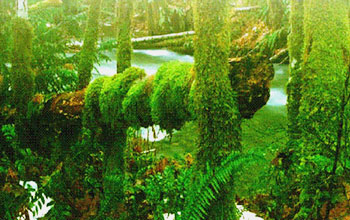 Biology is the science concerned with the study of life
Life is a condition that distinguishes living things (animals and plants) from inorganic matter (dead & decaying), in many aspects like growth, reproduction and other functional activities etc.
Biology is the science concerned with the study of life
Life is a condition that distinguishes living things (animals and plants) from inorganic matter (dead & decaying), in many aspects like growth, reproduction and other functional activities etc.
There is no universal definition of life; there are a variety of definitions proposed by different scientists. To define life in unequivocal terms is still a challenge for scientists.
Life is a condition that distinguishes organisms from inorganic matter, which is manifested by growth through metabolism, reproduction and the power of adaptation to environment through changes originating internally.
According to physicists such as Erwin Scrodinger, life feeds on negative entropy by decreasing the internal entropy of organisms at the expense of free energy taken in from the environment and subsequently rejected in a degraded form.
Properties common to a diverse array of living organisms such as plants, animals, fungi, protists, archea and bacteria include a cellular structure with heritable information. They undergo metabolism, possess a capacity to grow, respond to stimuli, reproduce and through natural selection adapt to their environment in successive generations. So life is defined by scientists as a characteristic of organisms that exhibit the phenomena.